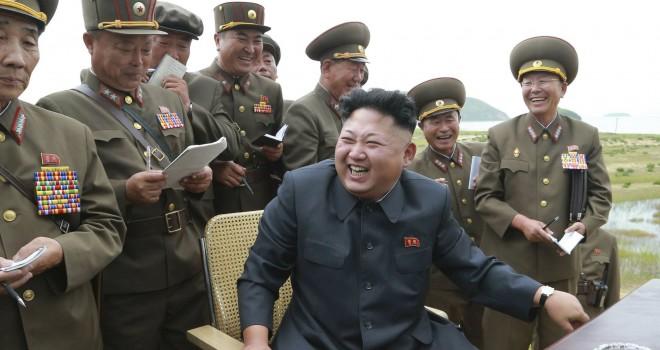By Jady Ojeda
Staff Writer
On Monday, March 6, the Hwasong missile division launched four missiles from Tongchang-ri, North Korea, missing the Japanese coastline by approximately 200 miles. The military advancements that North Korea has made have increased the tension with other nations and continue to raise the bar for a potential nuclear combat.
The missiles were launched into the Sea of Japan, threatening United States bases, a target which was intentional, according to the Washington Post.
The launch was also a response to the assistance that the U.S. gave South Korea in regards to military defense. Although the alliance was an attempt at dethroning North Korea in nuclear force, as stated in the Los Angeles Times, China is dissatisfied that South Korean and the U.S. are working together, fearing that it will be hit with the anti-missile systems the two countries have been working to devise.
Provoked by disputes over the $800 million cut in coal imports from North Korea, China is against the missile tests carried out by North Korea and has warned that it would be willing to join the violence in a “head-to-head collision” if Pyongyang fails to put a halt on the threats.
North Korea acted upon defiance to the decision of the United Nations Security Council (UNSC) which disapproved of launching missiles. The launch is also believed to be a matter of preparation for future nuclear escalation, targeting the U.S. as well as other countries.
There is disagreement between President Donald Trump and North Korean leader, Kim Jong Un, whose actions and plans challenge Trump’s foreign policies. On Jan. 2, Trump tweeted about the North Korean efforts of nuclear development, writing that although North Korea’s ultimate plan is to target the U.S. mainland, he will not allow their taunts of violence to affect the country in any way.
Pyongyang’s nuclear weapon program began in the 1950s in a partnership between the Soviet Union and North Korea, and was strengthened after the Soviet Union’s fall during the Cold War.


